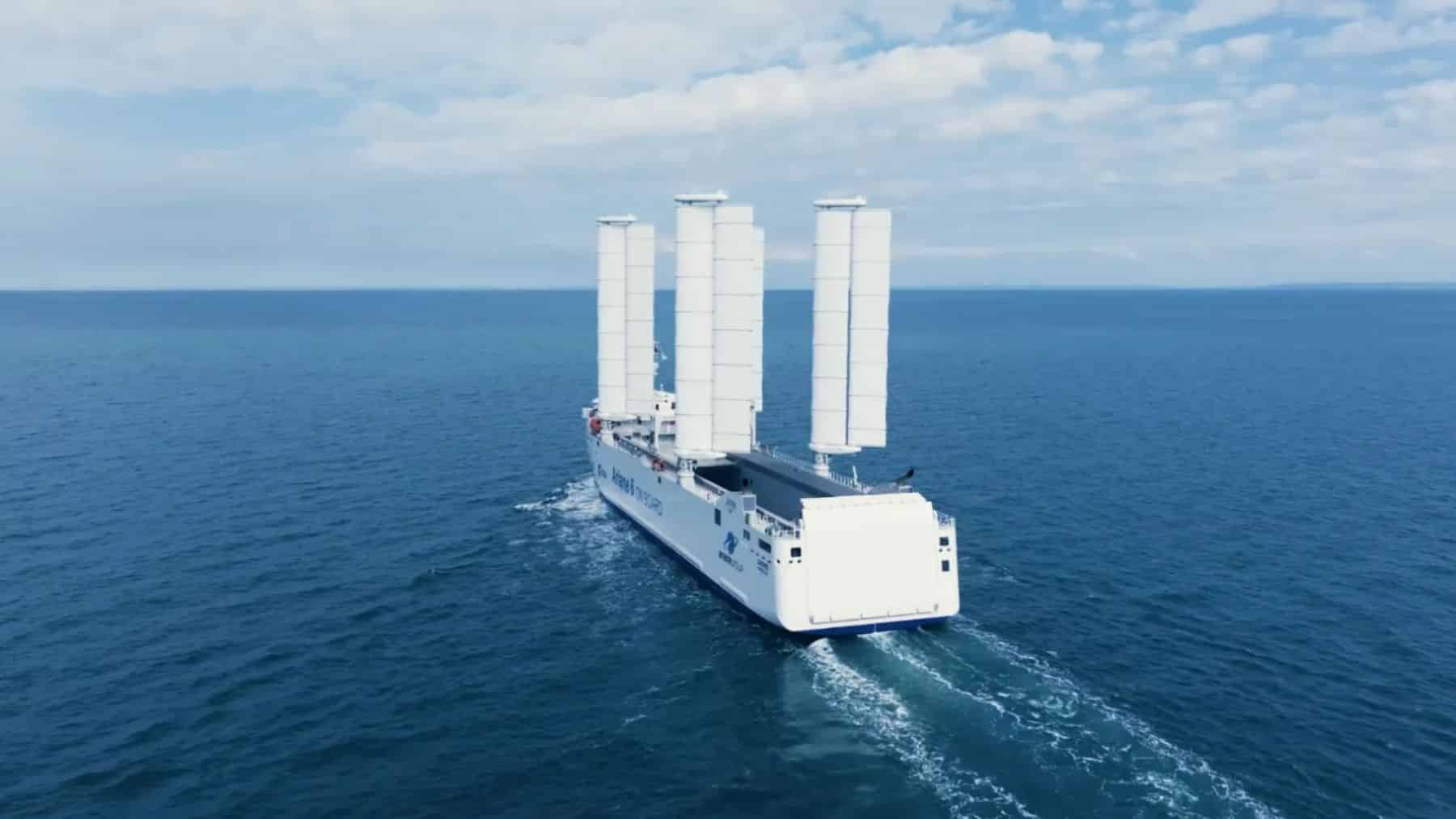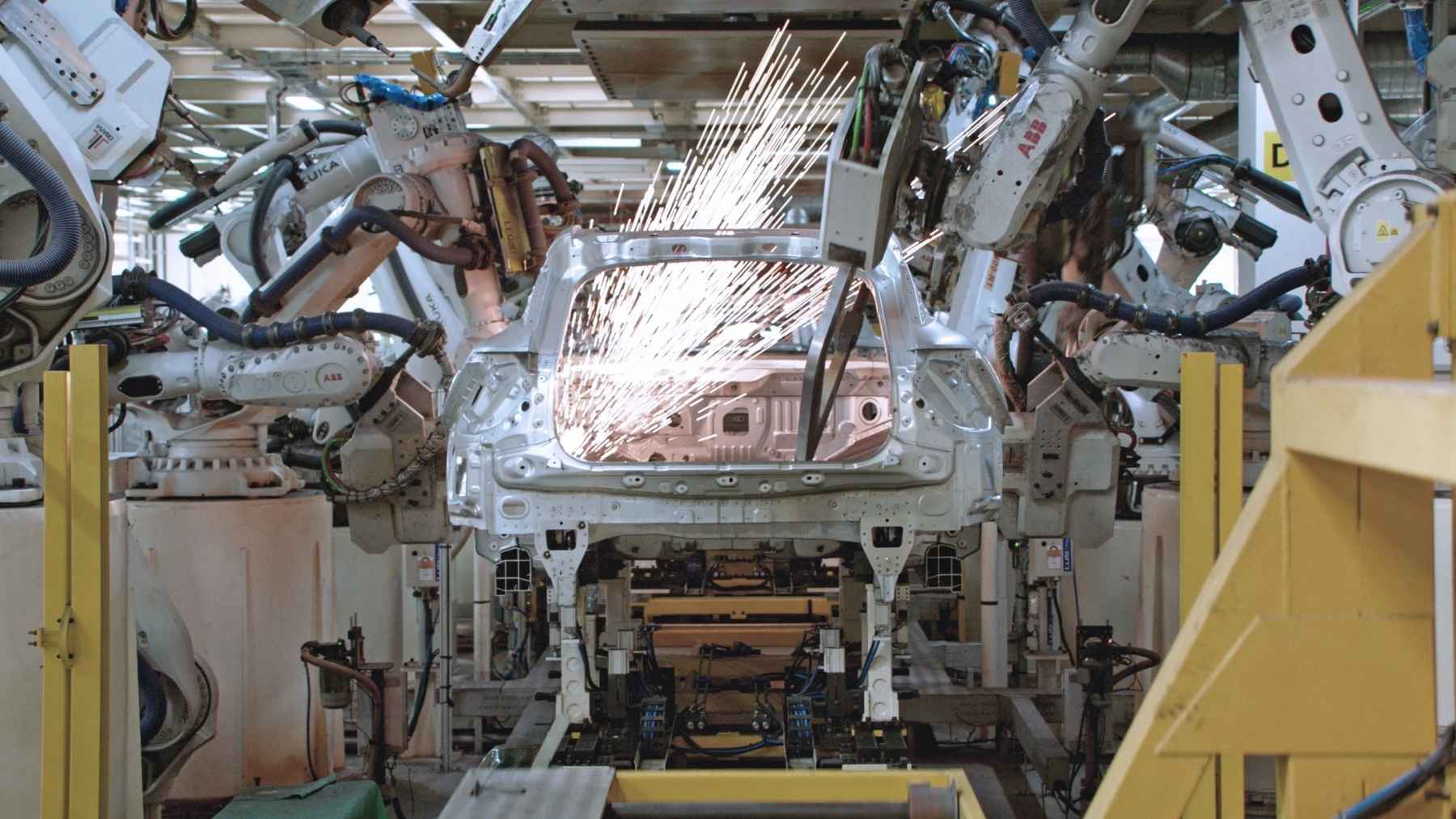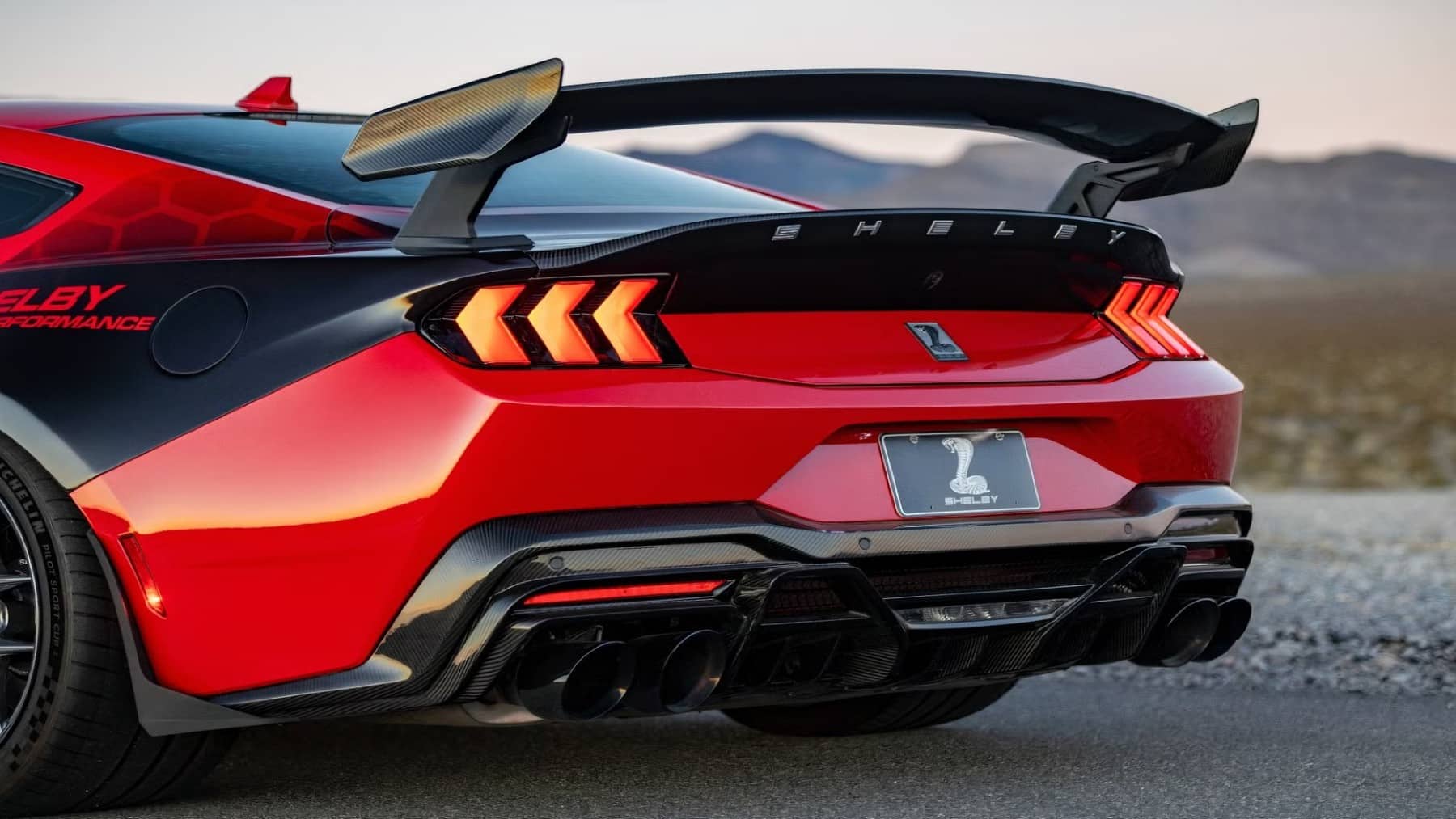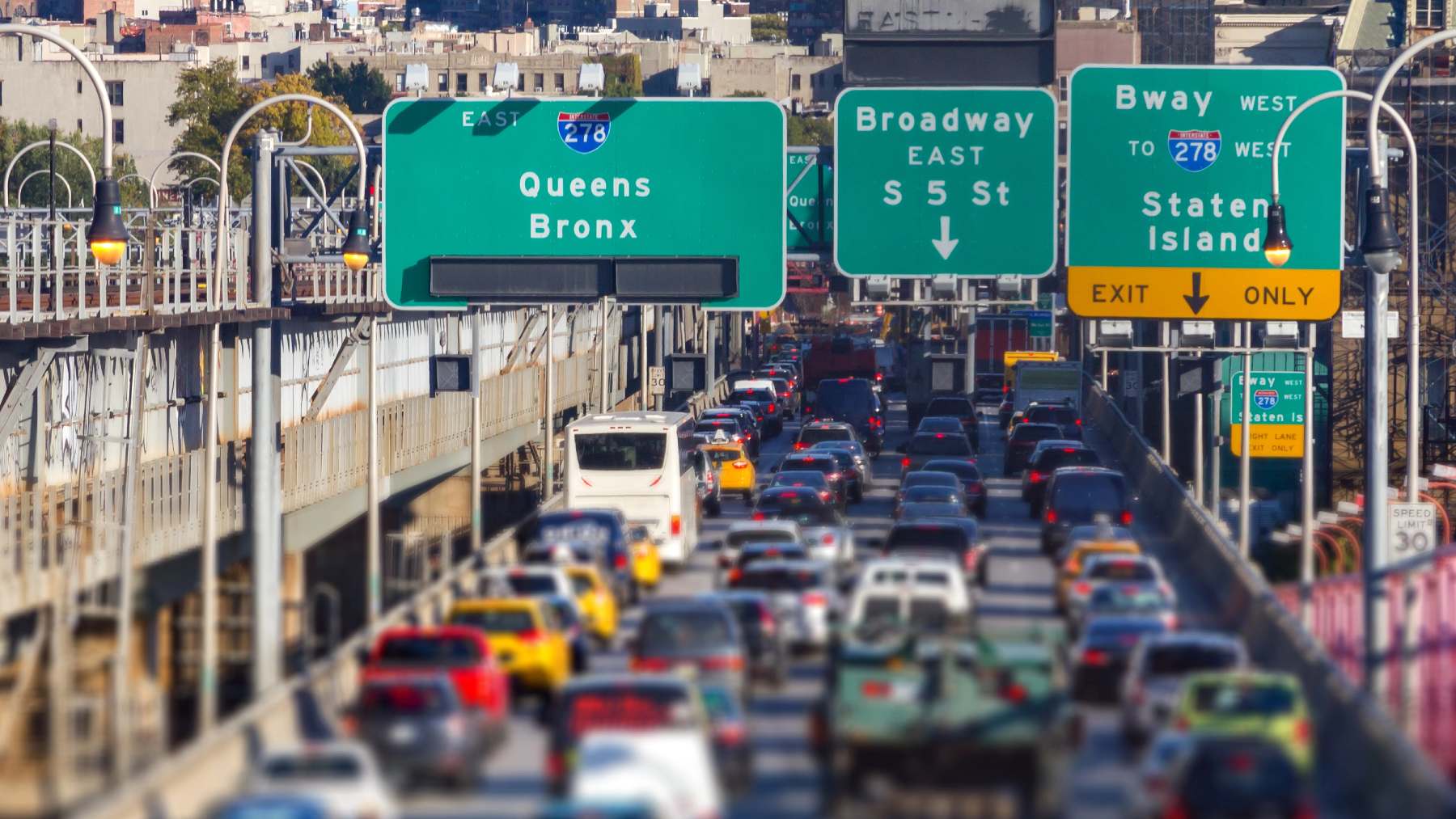With a focus on sustainable energy, even the future of sailing is changing with the MV Canopée, a wind-powered ship that is French-built. This cargo ship that recently docked in Florida is ensuring that even maritime transport gets greener. A glimpse into the future of cargo ships is on offer with this ship that features four incredible wingsails. While the innovative wingsails are something to marvel at, the purpose of the ship makes it a true gem. The Canopée was responsible for delivering important components for NASA’s Artemis-III lunar mission.
The hybrid Canopée is changing the face of maritime transportation
This is perhaps the world’s initial hybrid propulsion commercial cargo ship by MV Canopée and shows that even the sailing industry is moving towards a new sustainable era. The 121-meter-long vessel had been constructed by Neptune Shipyard in Poland and was launched in the latter part of 2022. A key feature of this cargo ship is the Oceanwings sails that soar to about 120 feet tall and have a surface area of 363 square meters. AYRO has created wingsails that can easily collapse and that have adjustable flaps to carry the ship in all types of wind.
The wingsails are rather magnificent, but so too is the fact that fuel consumption is reduced by about 30% daily. The whole point of this hybrid cargo ship is to cut down on emissions while still ensuring that the ship goes fast. Ships like the Canopée have come in at the right time since cargo ships account for more or less 3% of global carbon emissions.
A wind-powered ship carrying cosmic power in its cargo
The way in which the Canopée was engineered surely is something to be excited about. In August 2024, the Canopée left from Bremen in Germany with a set mission in mind. The idea was to deliver the European Service Module (ESM-3) for NASA’s Artemis-III mission. The ship carried vital components built by the European Space Agency (ESA) meant for carrying astronauts back to moon in 2026.
By September 2, 2024, the Canopée made a port call at Port Canaveral, Florida, where the transfer of the ESM-3 to NASA’s Kennedy Space Center occurred. The journey not only signified a successful trip of importance, but a sail towards sustainable sailing methods, which also resulted in more international companies looking to rely on the wind when setting sail.
Canopée, a vessel set to partake in more exciting voyages
It was ArianeGroup that suggested a cleaner transportation method in 2018 to transport parts of the Ariane 6 rocket from Europe to the French Guiana. VPLP, a French firm, created a RoRo vessel with oceanwing sails that indicated fuel saving. After that, the shipping firm, Zéphyr & Borée, connected with Jifmar Guyane to form Alizés that now operates as Canopée.
Canopée is ambitious, promising that this wind-reliant vessel will complete 11 round-trips yearly to French Guiana. More than transporting space-related components, the vessel is carrying dreams of a scalable solution towards more sustainable sailing. More companies are now interested in resurrecting fuel from 3500 BCE and all companies are revisiting Egyptian technology.
Canopée is a carrier of change following the winds of time
Canopée is an innovation that signifies international cooperation and the ability to find sustainable solutions to solve world problems. It is clear that Canopée symbolizes the fact that we can still set sail without relying on fossil fuel choices that have detrimental effects on the environment.
While the world is looking towards a sustainable future, inspiration is being drawn from the Ancient Egyptians of the past, as even Japan is unveiling a 22nd-century ship running on this fuel, the wind. Canopée may very well be the cargo ship carrying with it hope for the future. Soon, more Tesla of the seas will be setting sail.
Disclaimer: Our coverage of events affecting companies is purely informative and descriptive. Under no circumstances does it seek to promote an opinion or create a trend, nor can it be taken as investment advice or a recommendation of any kind.














